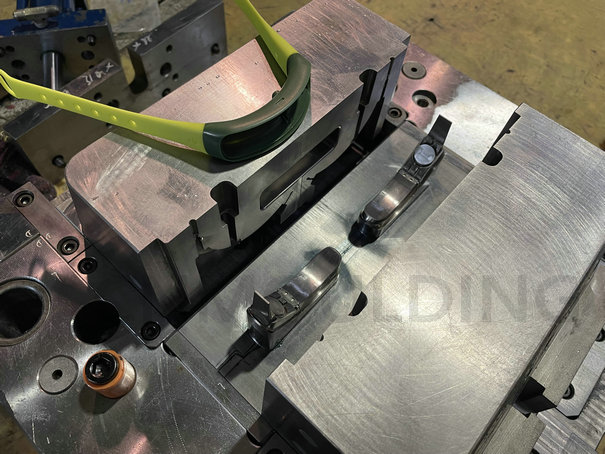
Wearable Digital Products
It is a smart sneaker that can be worn under your feet, a smart watch that can be worn on your wrist, a smart glasses that can be worn on the bridge of your nose to show you another world, and a TWS earphone that hangs by your ear to give you a wireless audio experience .
They, with a unified name, are called “smart wearable devices”!
In recent years, smart wearable devices have attracted more and more attention from the market and capital. There are three main reasons:
First, wearable devices are in close contact with the human body and can collect a variety of human data to provide interactive experiences in terms of vision, touch, hearing, health monitoring, etc. Second, wearable devices are an extension of mobile phone usage habits, and some message notifications, Functions such as listening to music, making calls, and health detection can be realized without taking out a mobile phone. It is easy to use and will develop in the direction of independent mobile terminals in the future.
The third is that with the advancement of science and technology and the development of Internet of Things technology, wearable devices are becoming more and more integrated, smaller and more practical, allowing people to have more room for imagination in the future. All kinds of technical difficulties are only a matter of time.
In fact, the word hardware device is not enough to summarize this industry. Behind the smart wearable products, there are related industry chains such as software support, data interaction, cloud big data, etc., in order to achieve such as health monitoring, data analysis, information feedback, Features such as solutions allow us to better understand our bodies, thereby improving our quality of life.
Therefore, smart wearable devices are the most ideal future of digital products, and they are also the next outlet for the world’s major Internet giants, mobile phone manufacturers, technology giants and capital to compete.
What are the specific types of smart wearable products?
There are many types of smart wearable products, which can be worn or worn, contact with the human body, collect human health information, help users hear or see content, and can transmit data through smartphones, all of which can be collectively referred to as “smart wearables”.

Wearable Digital Products
Wearable digital products are electronic devices that can be worn on the body, either as accessories or as clothing. These devices are designed to enhance and simplify our daily lives by providing us with quick access to information and communication tools. Examples of wearable digital products include:
- Smartwatches: These are wrist-worn devices that can connect to a smartphone to display notifications, track fitness metrics, and provide other useful features.
- Fitness trackers: These are wearable devices that track physical activity, heart rate, and sleep patterns. They are often worn on the wrist like a watch.
- Head-mounted displays: These are devices that are worn on the head and provide a virtual reality or augmented reality experience.
- Smart clothing: This is clothing that has sensors and electronics embedded in it, allowing it to monitor vital signs, track movement, and communicate with other devices.
- Smart glasses: These are glasses that have a display built into them, allowing the wearer to see information without looking at a separate screen. Overall, wearable digital products are becoming more popular as technology advances and people seek new ways to stay connected and informed while on the go.







